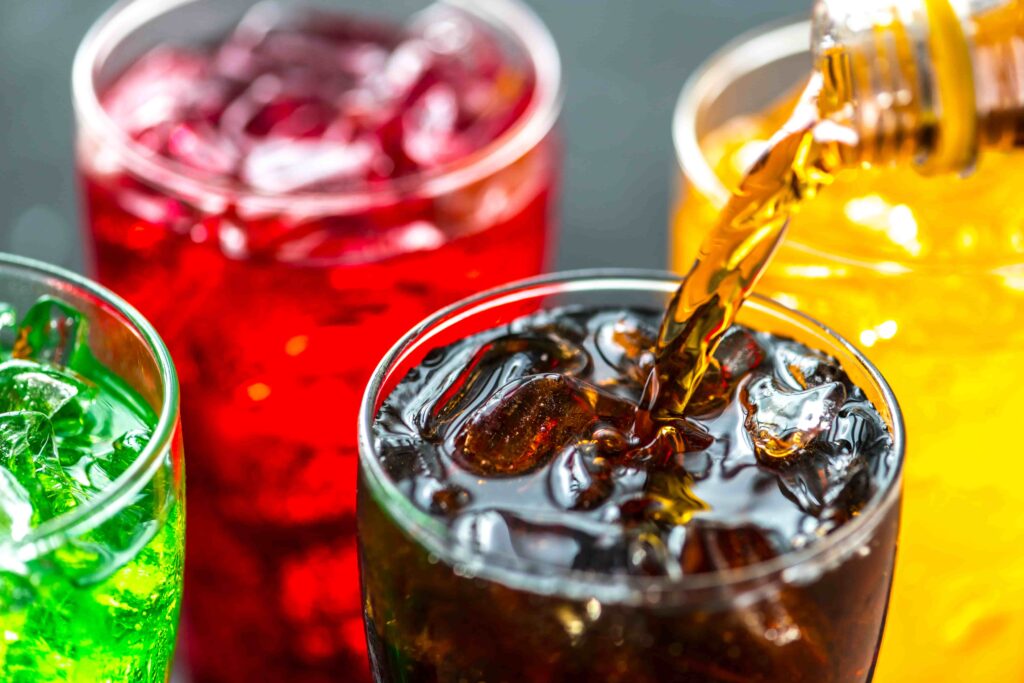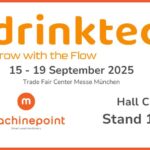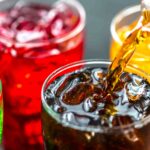Every day we drink Coca Cola, Pepsi, Fanta, and a multitude of carbonated soft drinks, but have you ever wondered who first developed a process for artificially carbonating drinks?
The origin of carbonated drinks date back to the development of fruit-flavored drinks. In medieval Middle East, fruit-flavored refreshments sweetened with ingredients like sugar, syrup, and honey were consumed. Over time, Middle Eastern drinks became popular in Europe, and the word “syrup,” derived from Arabic, was adopted into the vocabulary.
However, it wasn’t until the late 18th century that scientists made significant advancements in replicating naturally carbonated mineral waters. In 1767, Englishman Joseph Priestley discovered a method to infuse water with carbon dioxide by suspending a bowl of distilled water over a beer vat. The water absorbed the gas, creating carbonated water. Subsequently, the Swedish chemist Torbern Bergman and the Englishman John Mervin Nooth worked on improving the process and began adding flavors to these beverages.
Priestley found that water treated in this manner had a pleasant taste and offered it to his friends as a refreshing drink. In 1772, he published an article describing his method of infusing “fixed air,” or carbon dioxide, into agitated water using sulfuric acid. Another English scientist, John Mervin Nooth, improved on Priestley’s design and started selling his apparatus for commercial use in pharmacies.
Swedish chemist Torbern Bergman invented a carbonated water generator that used sulfuric acid and chalk to produce carbon dioxide gas. This apparatus allowed for large-scale production of artificial mineral water. By the late 18th century, Swedish chemist Jöns Jacob Berzelius began adding flavors such as spices, juices, and wine to carbonated water.
In the 1770s, Thomas Henry, an apothecary from Manchester, became the first to sell artificial mineral water to the general public for medicinal purposes. Johann Jacob Schweppe developed a similar process for manufacturing carbonated mineral water and founded Schweppes in 1783. Its success was such that it remains one of the most recognized brands in the market today.
Packaging and key machinery for the development of carbonated drinks
Packaging was key to the success of carbonated beverages. In 1872, Hiram Codd invented the Codd-neck bottle, which ensured freshness and effervescence. This allowed for safe and efficient packaging and distribution of beverages, expanding their popularity. Carbonated drinks experienced exponential growth and offered a wide variety of flavors to suit every taste. By the 1840s, there were over fifty soda manufacturers in the United States, demonstrating their increasing popularity.
As the demand for these beverages increased, specialized machinery was needed to produce and bottle them efficiently and on a large scale. In the 1880s, the first automatic filling and sealing machine for carbonated beverage bottles was introduced. These machines enabled precise filling and hermetic sealing of the bottles, ensuring the preservation of bubbles and the freshness of the drinks. This allowed companies to increase their production and meet the growing market demand. Over time, machinery for carbonated beverages was refined and evolved. Faster and more efficient machines were developed, capable of continuously filling and sealing bottles.
Quality control systems were also implemented to ensure consistency of the final product. Technological innovations were introduced in the carbonation process as well. Instead of relying solely on natural fermentation, carbon dioxide injection systems were developed, allowing for precise control of the carbonation level in beverages. This ensured a consistent and satisfying consumer experience. Machinery for carbonated beverages also adapted as new packaging formats emerged. In addition to traditional glass bottles, plastic bottles and aluminum cans were introduced, providing greater versatility and convenience for consumers.
What are carbonated drinks?
Carbonated beverages are primarily composed of carbonated water, sweeteners, and other ingredients. They are marketed under various brands and names.
These effervescent drinks contain dissolved carbon dioxide, which is released in the form of bubbles when pressure is removed, creating the characteristic foam or effervescence. A common example is carbonated water, where carbon dioxide is dissolved in water and released upon the release of pressure, forming bubbles.
The preparation of carbonated beverages involves mixing flavored syrup with carbonated water, both of which are previously chilled. Carbonation levels vary, ranging from 3.5 to 5 volumes of carbon dioxide per volume of liquid. Beverages like ginger ale, cola, and related drinks usually have a carbonation level of 3.5 volumes, while fruity beverages tend to have lower carbonation levels.





